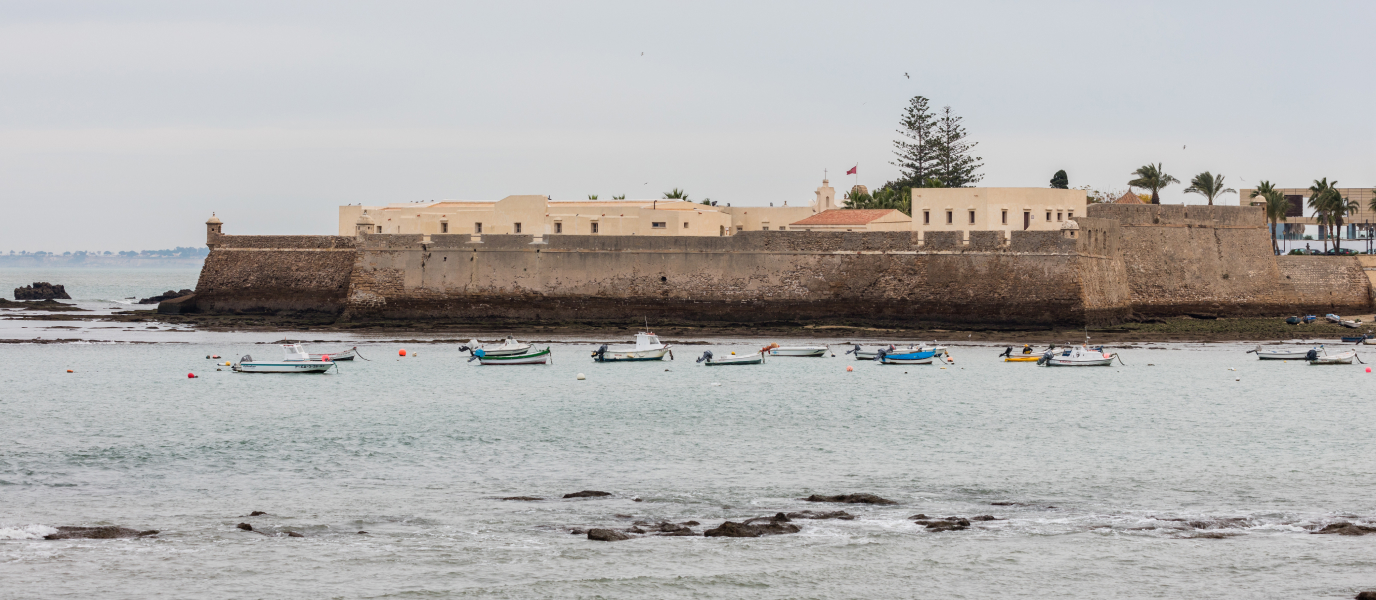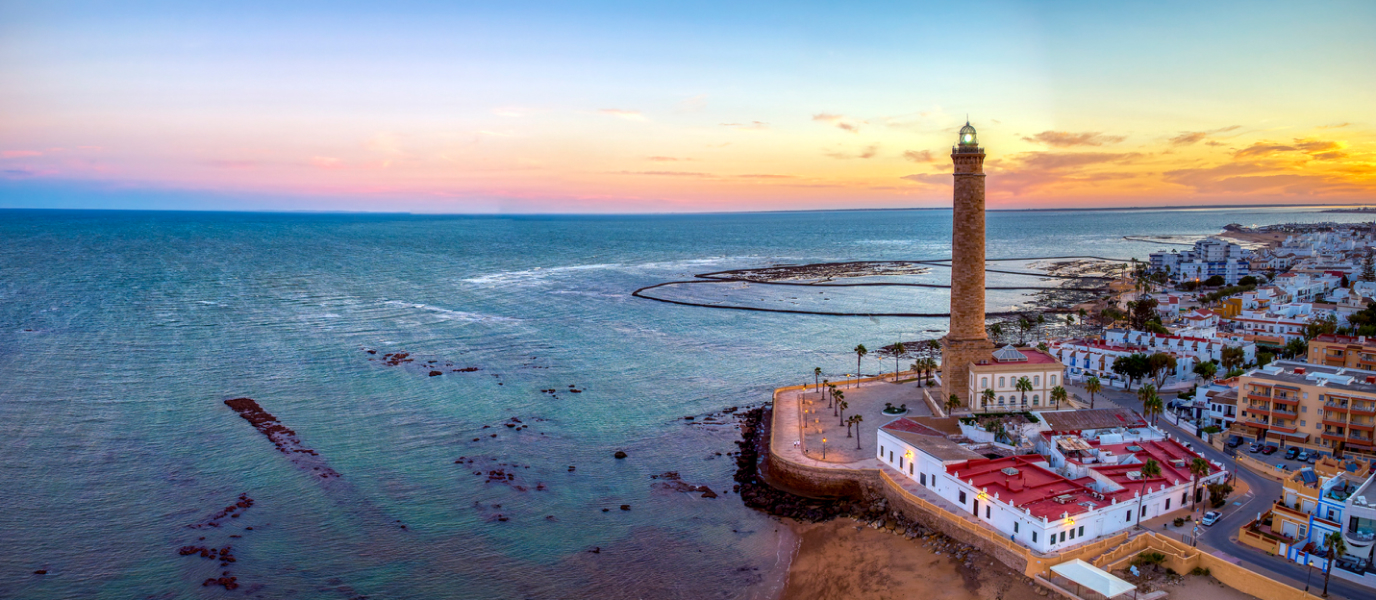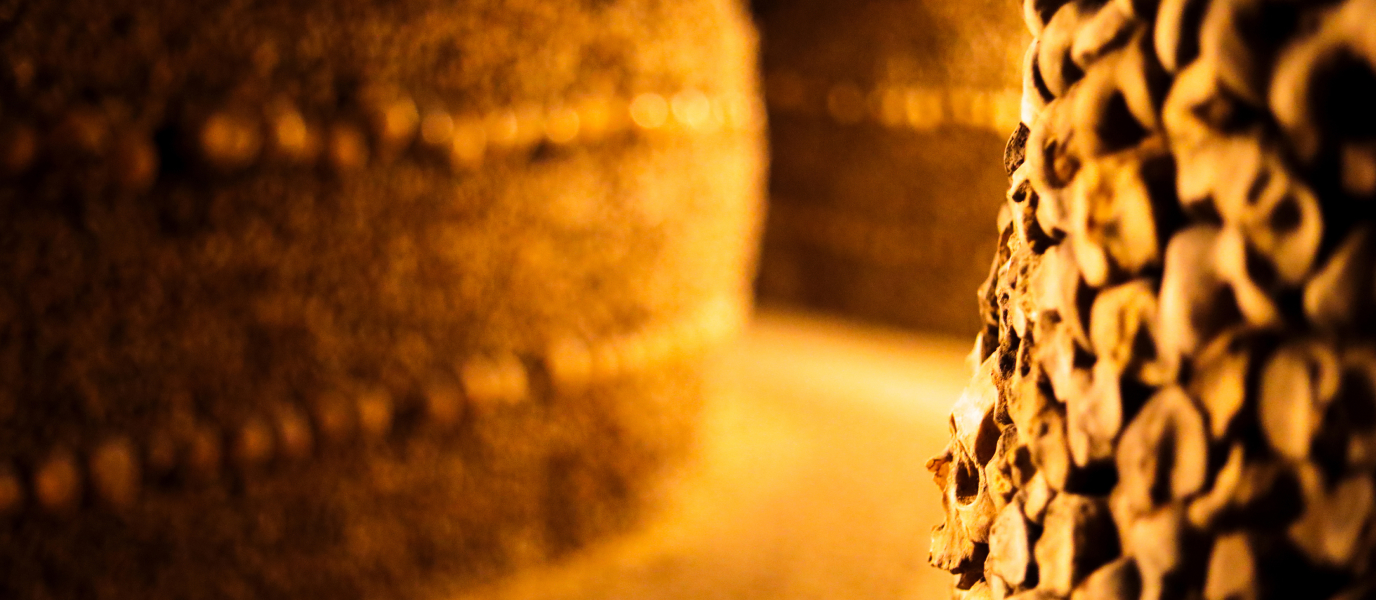Declared an Asset of Cultural Interest, the Castillo de Santa Catalina Castle is Cádiz’s oldest military structure. From the very top, you can marvel at Santa Catalina’s Playa de la Caleta in all its splendour—more commonly referred to as ‘La Caleta’—and enjoy the magnificent views over the Atlantic Ocean. If you’re heading to Cádiz for a quick getaway, this castle is well worth a visit. By taking a look around the Castillo de Santa Catalina, you will discover a unique structure and an interesting fragment of the city’s history.
The construction of this fortress began in 1598, two years after Anglo-Dutch troops conquered and plundered the provincial capital, under the orders of the Duke of Essex and Admiral Howard. The year in which the first bricks were laid (1598) is commemorated in the gateway to the Castillo de Santa Catalina Castle, although the castle itself wasn’t finished until the year 1621, with Spain under the rule of Phillip III.
A star-shaped castle
The sea-facing part of the Castillo de Santa Catalina Castle assumes a shape akin to a three-tipped star. The part facing inland, however, has two half-bastions and a moat, with one permanent bridge and another lifting bridge, lending the overall castle a pentagonal shape.
Later, in 1693, Charles II of Spain ordered the construction of a chapel within the castle, which was dedicated to Saint Catherine of Alexandria and the Immaculate Conception. The castle held various works of notable interest, which much later were moved to the Gobierno Militar de Cádiz building and the military chapel, located in the Plaza de Fragela. The sculpture of the Virgen del Buen Camino, also known as the Virgen del Buen Viaje, remains in the castle to this day. If you look closely, you’ll notice that the baby Jesus is missing both feet. The story goes that there was a sailor who wanted to take the effigy with him to protect him on his travels. After realising that he was unable to remove the whole sculpture from the castle himself, he decided to take a small fraction of it instead.
When visiting the Castillo de Santa Catalina Castle, we recommend stopping and having a photograph taken next to one of the castle’s several sentry boxes—with magnificent sea views in the background—which are typical of this type of defensive structure. It looks beautiful at sunset, with the castle’s silhouette set against the background of a fiery sky. To enter the castle, you first need to cross a moat. There isn’t currently any water in this moat, but years ago it had a floodgate system that was opened when necessary. We highly recommend walking around the perimeter of the castle, enjoying the different views—all of them magnificent in their own special way—offered from each of the battlements.
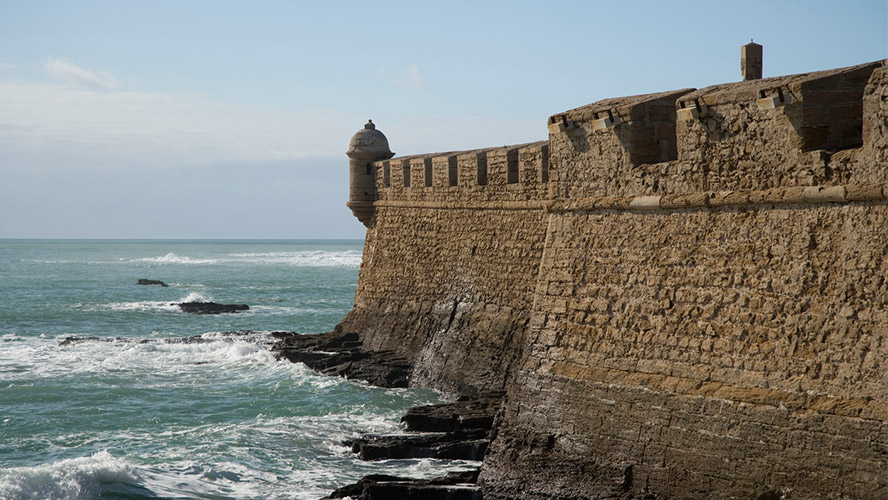
The Castillo de Santa Catalina Castle: a prison
Given that the Castillo de Santa Catalina Castle has such a long and illustrious history, it should come as no surprise that it has also served various functions. For example, in 1769, Charles III ordered that the castle be converted into a military prison. It served this role until 1991, when the Spanish Ministry of Defence stopped using it for military purposes. Liberal and Latin-American independence-backing politicians were held here. Also, in the late twentieth century, it was used to hold some of the perpetrators of the infamous 1981 Spanish coup d’état attempt. Mariano Abasolo, the caudillo of Mexican independence, was also sent into exile in this prison, where he ended up dying from pulmonary tuberculosis. In Mexico, he is regarded as a hero of the motherland, although it is said that he reported on other caudillos of the Mexican independence movement to save his own life.
Nowadays, the Castillo de Santa Catalina Castle is a huge cultural space that can be visited 365 days a year. Its multi-purpose exhibition rooms often hold temporary exhibitions—usually related to contemporary art—as well as artistic and entertainment activities. It also holds various concerts, and is home to a permanent exhibition about the history of the castle. The Castillo de Santa Catalina Castle also hosts the Alcances Documentary Film Festival.
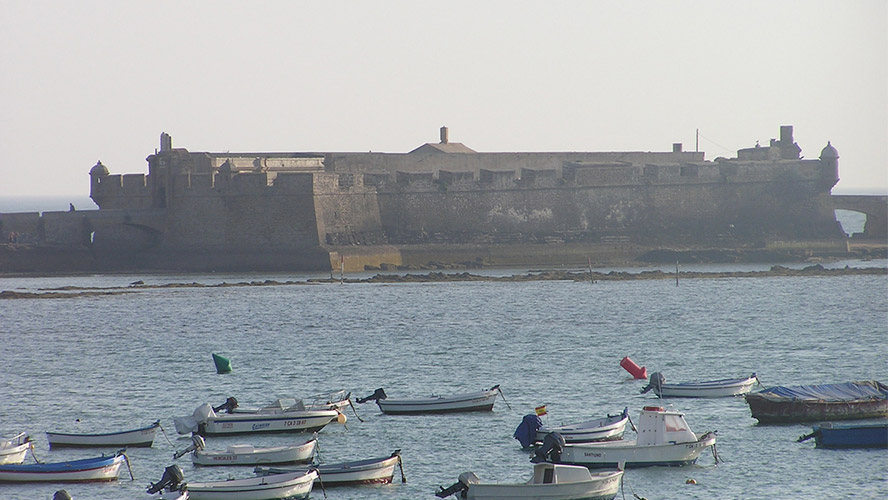
The castle standing alongside La Caleta beach
Located at one end of the Playa de la Caleta, the Castillo de Santa Catalina Castle also has various pavilions, barracks and cisterns, surviving multiple centuries with no significant alterations. This is partially down to the fine work of the project’s architect, Cristóbal de Rojas, who also assisted Spanish architect Juan de Herrera in the construction of El Escorial. However, de Rojas died in 1614 before the building was completed, being replaced by Ignacio de Sala who, it seems, didn’t respect the original plans and finished the castle “as he saw fit”.
You should note that, besides the Castillo de Santa Catalina Castle, Cádiz also has other defensive fortresses, such as the Baluarte de los Mártires [Bastion of the Martyrs], the Baluarte de San Felipe [Bastion of Saint Philip] and the Castillo de San Sebastián Castle (Link interno Castillo de San Sebastián Castle). All of these structures were built to keep Cádiz and its bay protected from enemy attacks. It’s also worth noting that this castle was used as a template for other fortresses in Latin America. In fact, Santiago and Havana (Cuba), Veracruz (Mexico) and San Juan (Puerto Rico) all have castles that are similar to the one built by Cristóbal de Rojas.
An interesting fact from the 21st century
Do you want an interesting fact about the castle from modern history? The Castillo de Santa Catalina Castle was one of the scenes used in the special agent 007 film Die Another Day, starring Halle Berry and Pierce Brosnan, which was released in 2002.




































































